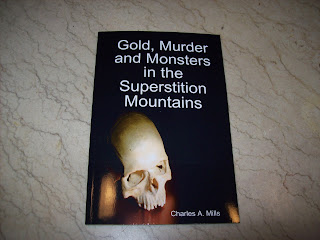Each morning Martha Washington met with the cooks to plan
the menu for dinner, the main meal of the day served between 2:00 and 4:00.
Mount Vernon dinners required two cooks aided by several assistants who
performed tedious tasks like peeling vegetables and plucking turkeys. Martha Washington briefly hired German cooks
but most of Mount Vernon’s cooks were slaves.
A great bell was rung fifteen minutes before dinner at Mount
Vernon. Guests changed into dressier
clothes for dinner. George and Martha
Washington welcomed thousands of guests to Mount Vernon in the more than forty
years they lived there. A slave butler
and waiters, in livery, were responsible for bringing food to the table quickly
and efficiently. Dinner consisted of two
courses.
The first course featured meat and vegetable dishes. Ham was almost always featured. A ham was boiled daily and Martha took great
pride in her hams. Martha sent hams as
gifts. In 1796 George Washington
informed the Marquis de Lafayette that Mrs. Washington, “…had packed and sent…a
barrel of Virginia hams.” He reminded
his friend, “…you know the Virginia ladies value themselves on the goodness of
their bacon.” In addition to ham, foods
likely to be found on Martha Washington’s table included carrot puffs, chicken
fricassee, pickled red cabbage, fish, and onion soup. Even though these foods
appear familiar, the seasonings were very different from those used in modern
cooking. Colonial cooks liked nutmeg and especially enjoyed a sweet taste. Salt
and pepper were not heavily used. Some foods would make the modern diner
blanche, rabbits and poultry, for example, were not only prepared with their
heads and feet still attached, they were served at dinner that way as well.
The second course featured sweet dishes and frequently
featured fruit, including exotic fruits such as pineapples. Locally grown fruits including apricots,
strawberries, gooseberries and cherries might be made into jams or preserved
whole. Ice Cream was a favorite dessert
at Mount Vernon. Slaves cut chunks of
ice from the Potomac River during the winter, which were covered with straw in
the Mount Vernon ice house for future use during the summer months. A recipe of the time, used by Martha
Washington, advised on the making of ice cream: “Take two pewter-basins, one
larger than the other; the inward one must have a close cover, into which you
are to put your cream, and mix it with raspberries, or whatever you like best,
to give it a flavour and a colour. Sweeten it to your palate; then cover it
close, and set it into the larger basin. Fill it with ice, and a handful of
salt: let it stand in this ice three quarters of an hour, then uncover it, and
stir the cream well together; cover it close again, and let it stand half an
hour longer, after that turn it into your plate.” The Washingtons flavored ice
cream with berries, as chocolate and vanilla were not added to ice cream in the
eighteenth century.
In contrast to their homegrown fruits, grains,
vegetables, meats and dairy products, the Washingtons imported most of their
beverages, spices, and condiments. In a
typical year Martha Washington ordered 126 gallons of wine, twenty five pounds
of tea and fifty pounds of almonds. The
Washingtons typically offered several hot beverages to their guests including
coffee from the Middle East, tea from Asia, and chocolate from South
America. All had been introduced to
England and the American colonies late in the seventeenth century and quickly
became popular, despite their expense. Tea was brought to Europe in 1610 by the
Dutch and arrived in England in 1644.
Tea merchants claimed that the drink was a cure for migraine,
drowsiness, apoplexy, lethargy, paralysis, vertigo, epilepsy, colic, gallstones
and consumption. Most tea came from China until the 19th century.
















